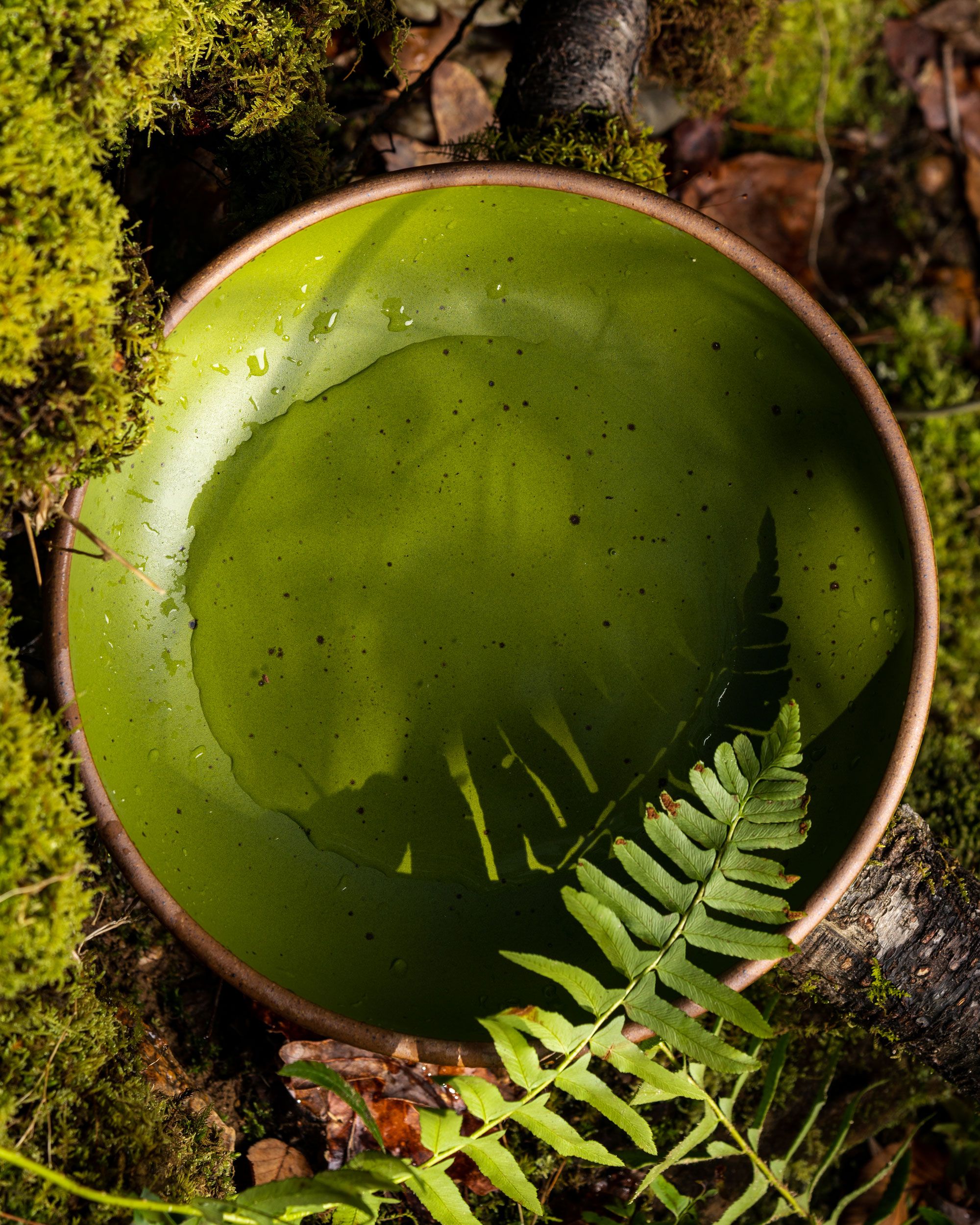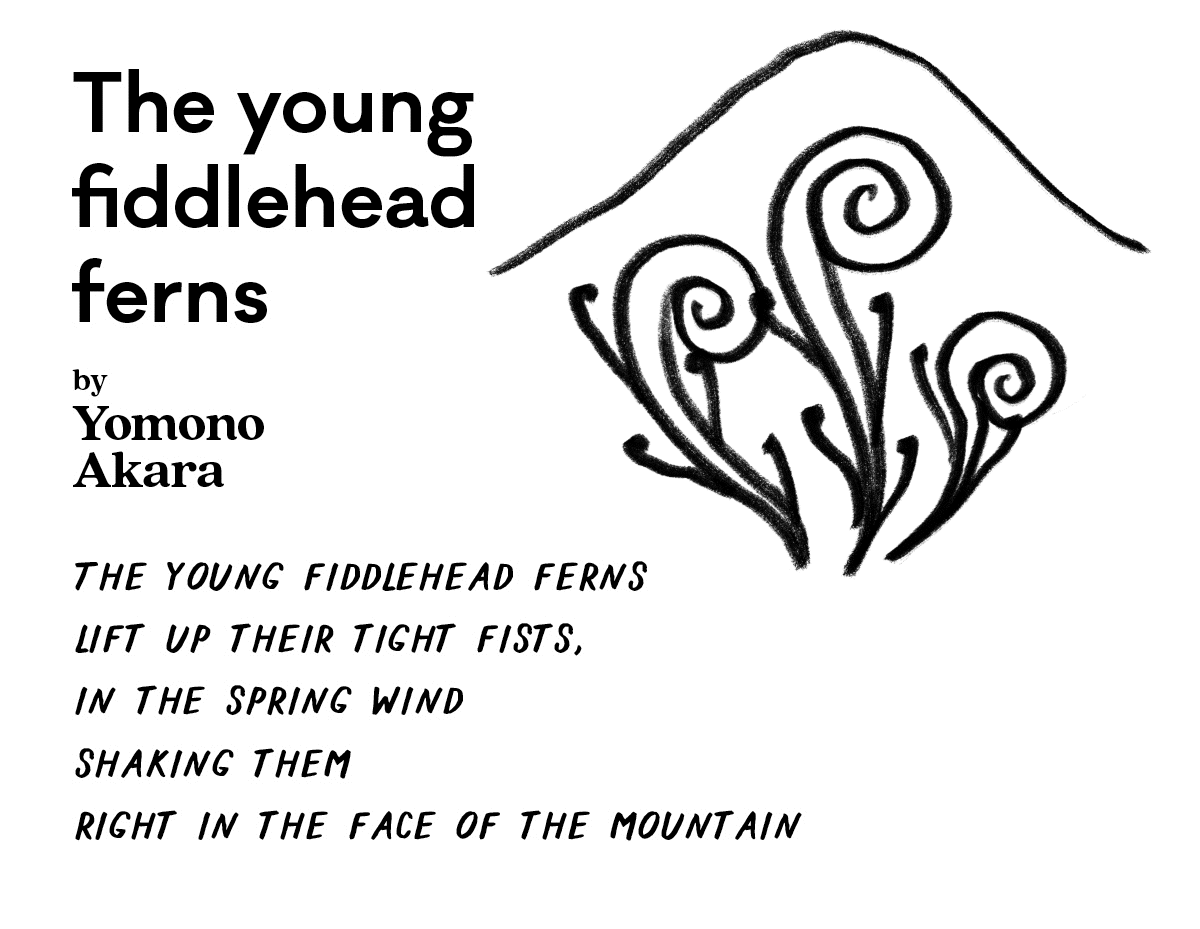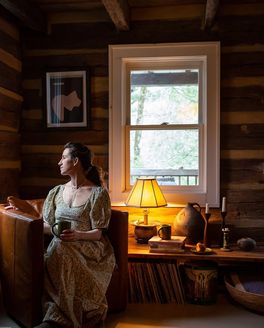The Magic of Ferns


Do you ever find yourself wondering what the earth looked like before dinosaurs? If ferns could speak, they’d be able to tell you. With over 10,000 different species, the fern is one of the oldest known groups of plants, dating back an estimated 300 million years ago.
Rhizomes run in an underground rope-like network, rooting ferns into the earth to pop up year after year. Ferns are most commonly found in warm, damp areas, typically in the forest. Here in the Blue Ridge mountains where our pots are made, you’ll find fields of ferns tucked within the trees, divided by streams flowing through.
Fiddleheads
Early spring can be marked by the emergence of small green coils bursting through the ground among the decaying debris of winter. These coils are known as fiddleheads, named for their likeness to the tuning end of a fiddle. Fiddleheads are the tightly wound frond of the fern, typically appearing around the beginning of April. While all ferns have a fiddlehead stage, only a few species are edible - the ostrich fern, bracken fern and lady fern.
Making (Safe) Dinner Plans

When foraging, you always want to be 100% certain of the identification before consuming. The fiddlehead of the ostrich fern can be cut and enjoyed but only after cooking first! Once they have been cooked (steaming or boiling is best), you’re free to get creative with this delicate, springtime offering. Depending on your palate, the flavor may come across as earthy, sweet and snappy, similar to asparagus and baby spinach with a hint of broccoli stem.
The Magic of The Fern

Today, fiddleheads offer a lush sign of new life and the horizon of spring, but they also have ties to a magical past. Before scientists knew about fern rhizomes and were scratching their heads over the mystery of a seedless plant, they came to the only natural conclusion - the seeds must be invisible.
Following the logic of the invisible seed, many believed that if you could secure that seed, the magic of invisibility would become available to you as well. But how could one possess a seed that could not be seen? Legend has it that the seeds only became available for a short time, at midnight on Midsummer’s Eve, when the fern would magically blossom.
Shakespeare himself made reference to the magic of the fern seed in Henry IV, Part 1. As two men are going out into the night, one reassures the other:
‘We have the receipt of fern seed; we walk invisible.’ (Act 2, scene 1)



